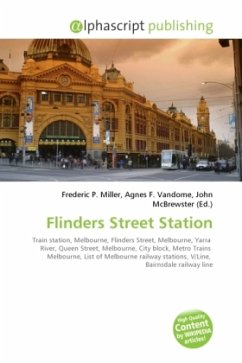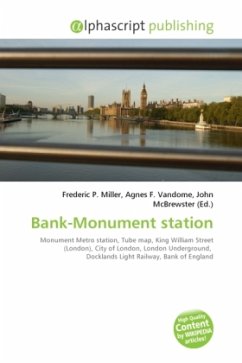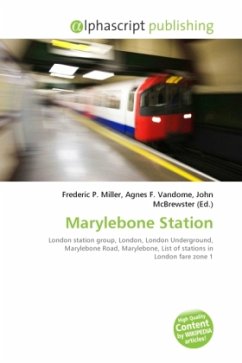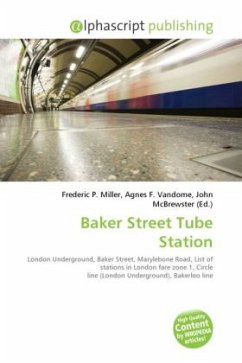
Crewe railway station
Versandkostenfrei!
Versandfertig in 6-10 Tagen
23,99 €
inkl. MwSt.

PAYBACK Punkte
12 °P sammeln!
Crewe railway station was completed in 1837 and is one of the most historic railway stations in the world. Built in fields near to Crewe Hall, it originally served the village of Crewe with a population of just 70 residents. Crewe was chosen after Winsford, seven miles to the north, had rejected an earlier proposal, as had local landowners in neighbouring Nantwich, four miles away. Nowadays, as well as serving the town of Crewe that has grown near it, it still operates as a major junction on the West Coast Main Line. It also serves as a major rail gateway for the North West. On the WCML, Crewe...
Crewe railway station was completed in 1837 and is one of the most historic railway stations in the world. Built in fields near to Crewe Hall, it originally served the village of Crewe with a population of just 70 residents. Crewe was chosen after Winsford, seven miles to the north, had rejected an earlier proposal, as had local landowners in neighbouring Nantwich, four miles away. Nowadays, as well as serving the town of Crewe that has grown near it, it still operates as a major junction on the West Coast Main Line. It also serves as a major rail gateway for the North West. On the WCML, Crewe is located 158 miles north of London Euston, and 243 miles south of Glasgow Central. In April 2006, Network Rail organised its maintenance and train control operations into "26 Routes". The main line through Crewe forms part of Route 18. The line from Shrewsbury and South Wales to the junction south of Crewe station is Route 14. The North Wales Coast Line to Chester and North Wales is Route22 and the Crewe to Manchester Line forms a part of Route 20.












